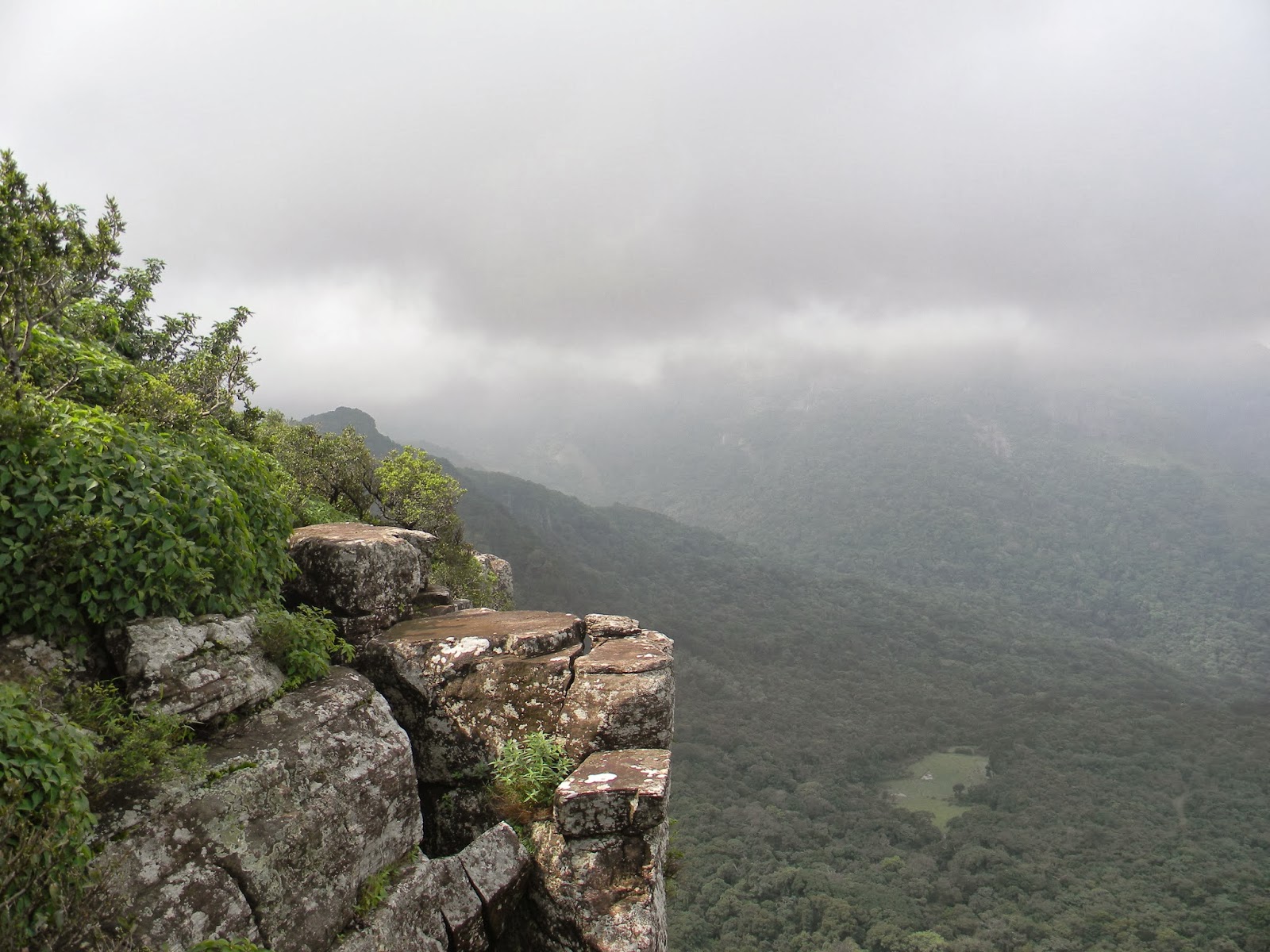Kudumbigala Monastery is located in middle of the
jungle by the Panama – Kumana road. This was built during King Kavantissa ruled
The Kingdom of Ruhuna, Southern part of Sri Lanka. (210 – 161 BC). This place
is also known as ‘Rohana Chethiya Pabbatha’, ‘Kủtaliya temple’, ‘Sagiri’, ‘Kutumbiriya’
etc. This was located 180 – 250 meters above sea level and over 1000 hectares
in size. This is surrounded by Deeghavapi Temple – Ampara and Sithulpawwa
Temple – Yala. So far, nearly 50 rock caves were found from Kudumbigala site.
Buddhist monks used to meditate here.
This was established as an Aranya Senasana. The main
cave (lena) in this site, named ‘Maha
Sudharshana Lena’ was built and gifted to the Arahats (Buddhist monks) by the
Giant Warrior ‘Nandimitra’, one of King Dutugemunu’s ten Giant warriors.
Mr. Maithree he was a Catholic from Negombo, while
working in the Ceylon Railway he discovered the hidden history of the
Sinhalese, which changed his life forever. In 1942, he came to Kudumbigala Monastery
and cleaned up the place. There he lived, meditated and safeguarded the
place for the future generations of Sri Lankans until he died in 1971.
Once you climb to the summit, you can see breath taking
view of the surrounding including the Okanda beach in the horizon.
In 1994, due to an attack by LTTE Tiger terrorists, 17
innocent civilians were killed in Panama. Therefore Kudumbigala had to be
abandoned immediately.
.jpg)


.jpg)














































